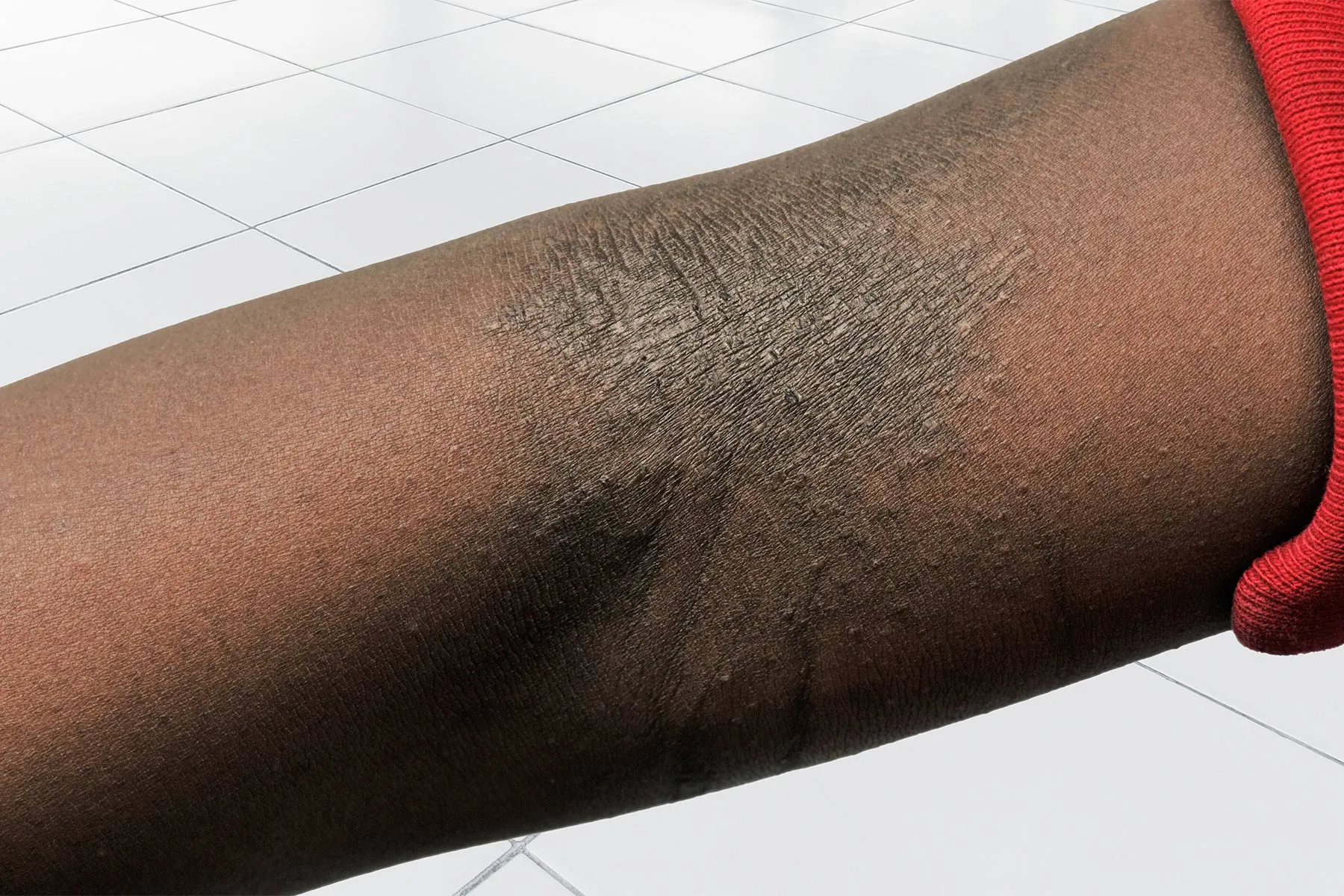Compassionate Release and the Pandemic: A Policy Failure?
The reluctance to release vulnerable incarcerees during the pandemic is further evidence of how compassionate release policies are distorted by “tough-on-crime” perspectives, according to a forthcoming paper by a former deputy prosecutor who is now a law professor at Southern Illinois University.

Tough-on-crime policies biased against racial minorities and the poor undercut efforts to release incarcerees on compassionate grounds during the pandemic, according to a forthcoming paper in the St. Thomas Journal of Law and Public Policy.
“Early COVID-19 compassionate release decisions reveal that courts continue to base early release decisions primarily on an assessment of public safety risk from crime, not community impact, crime victim impact, or even prisoner health,” asserts Jennifer Brobst, associate professor of law at Southern Illinois University and author of the paper.
Nearly 80 percent of requests for compassionate release last year in the height of the COVID-19 pandemic were denied. Granted requests typically hinged on the premise that the offender was no longer a threat to society.
The First Step Act of 2018 allowed discretionary compassionate release on the grounds of illness or disability, requiring authorities to balance the potential risk to a prisoner’s health if he remained behind bars with the potential risk to public safety if he were freed.
But during the pandemic, courts primarily focused on the public safety risk, effectively buttressing a cautious approach that left many vulnerable incarcereees still behind bars, Brobst said.
The role of the community—and those most affected by crime—was in effect ”usurped and marginalized,” Brobst wrote.

Jennifer Brobst
The reluctance to release medically vulnerable incarcerees, even in the midst of a pandemic, is further evidence of the deep-seated bias in the criminal justice system towards the poor and racial minorities―a bias that has been a major driver of mass incarceration, Brobst argued.
A narrow view of crime victims is one reason it continues to be difficult to apply compassionate release policies in a more even-handed way, according to Brobst.
“Tough-on-crime government voices have selectively lifted up only certain crime victims in the public eye, profiling middle-class white victims who are far from typical for those most victimized by crime, while repeatedly portraying poor communities of color as hardened criminals who choose to be so, even if they are subject to victimization,” she wrote.
But this perspective ignores the fact that those who commit crime are more likely to have been victims of crime at some point in their life, and are also more likely than others to suffer from mental illnesses that put them at even more of a risk, the paper said.
As the crime victims movement emerged in the 1960s and 1970s, focus was put on cases of domestic or sexual abuse of women, whose perpetrators were seen as committing violence as “a choice to exert power and control, not a result of a mental health disorder.”
However, according to Brobst, the “most common victim of violent crime was a young man who looked much like the most common convicted offender – a low-income, young man of color facing economic challenges and hardship since birth,” a person who tends to be the most criminalized by the criminal justice system.
“There were no crime victim advocacy centers for these young men,” said Brobst.
The focus on public safety risk ignored the real needs of at-risk communities.
“Mass incarceration undermined the ability of offenders to provide victims of crime with restitution, which again disproportionately impacted low-income communities, where victims most needed restitution,” said Brobst.
“While politicians raged about the hardened criminal ….they targeted the poorest and least politically powerful rather than the professional affluent classes who, in the 1980s and beyond, were rigging the economy and creating an ever-widening class division.”
Under the common law parens patriae doctrine, those kept in jails or prisons have a right to minimal health care provided by the government.
However, by not providing adequate mental health care to either the incarcerated offender or the crime victim, the government was doing a disservice to both.
“The atrocity of mass incarceration of America’s poorest young men and the rise of crime victims in low-income communities could have been avoided if the calls of their communities for better health care access, education, housing, and employment opportunities had been heard and respected,” said Brobst.
While some crime victims may seek punishment for the offender who committed a crime against them as a form of justice, alternative restorative justice methods could give the offender a greater chance for restitution than incarceration alone.
“The severity of mass incarceration in large part reflects a crime control policy premised on the philosophy of deterrence, and yet researchers have not supported a deterrent effect on crime for the individual or society due the criminogenic effect of incarceration,” said Brobst.
Still, if certain treatment programs are provided those suffering from mental health issues, they could lose individual autonomy, which Brobst considers critical.
“Punishment should be a means to some good, whether making amends, counseling against future harm, or restraint for public safety; and, from a theological perspective,” said Brobst.
“Sentencing should also be cautious and critical in determining whether psychological measures and assessments are not misused,” said Brobst.
Decisions about compassionate release during the pandemic revealed the true priorities of the government in releasing some of the incarcerated, where input from crime victims was lacking.
“Plague can bring discredit to political leadership when it appears to fail to come to the defense of the common welfare, leading to lawlessness, distrust, and an incentive for governments to respond with harsh and restrictive policies,” said Brobst.
According to Brobst, in order to restore public trust in the criminal justice system, compassionate-release decisions need to be grounded in community perspectives.
“Advocates for both crime victims and convicted offenders need to work together to avoid the pitfalls of a remote government meting out justice that inevitably treats vulnerable communities with disregard,” said Brobst.
“If the court and prison systems have failed to consider crime victim perspectives during this crisis due to expediency and longstanding neglect, they have also disregarded the voice of the defendant’s own community affected by the decision.”
Jennifer Brobst served as state deputy prosecutor in Indiana and a policy advocate for both crime victims and defendants in various capacities in other states. She was appointed to the North Carolina Commission for Mental Health, Developmental Disabilities, and Substance Abuse Services, and was the Legal Director of the Center for Child and Family Health in North Carolina for nearly a decade, which provides medical and mental health services related to abuse and neglect and child traumatic stress.
Emily Riley is a TCR Justice Reporting intern.

 Landwebs
Landwebs 






















